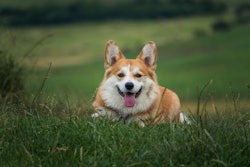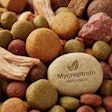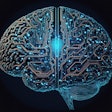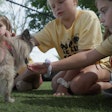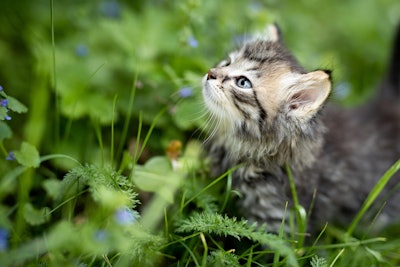
Petflation accelerated in July 2025, climbing to 2.6% year-over-year compared to 2.1% in June, according to new data from industry analyst John Gibbons of PetBusinessProfessor.com. The increase marks an uptick in what Gibbons terms "petflation" and represents the fastest pace of pet food price growth in 2025.
Monthly pet food prices rose 0.5% from June to July, contributing to the broader pet industry inflation rate of 2.6% year-over-year. This puts pet food price increases ahead of overall grocery inflation, which slowed to 2.2% annually despite a 0.1% monthly increase.
"Pet food has experienced deflation in 15 of the last 17 months, but July's numbers show a clear reversal of that trend," Gibbons said. While pet food's year-over-year increase of 0.1% remains below the broader food-at-home inflation rate of 2.2%, the monthly acceleration signals a potential shift in pricing patterns.
Pet segments show mixed pricing patterns
The data reveals a complex inflation pattern across pet industry segments. While pet food prices jumped 0.5% monthly, veterinary services saw a more modest 0.2% increase, pet services rose 1.0%, and pet supplies increased just 0.003%.
Gibbons emphasized that current pet prices remain 24% above 2021 levels and 28.3% higher than pre-pandemic 2019 prices. "Those are big lifts," he said, noting that July prices for veterinary services, pet services and total pet categories reached historic highs.
The cumulative effect of sustained price increases since 2021 represents 99.6% of all pet food inflation experienced since 2019, according to Gibbons' analysis. This inflation surge began for pet food in June 2021 after 12 consecutive months of deflationary pricing.
Looking at the broader economic context, national consumer price index inflation held steady at 2.7% year-over-year, with services driving most of the increase at 3.8% compared to just 0.7% for commodities.
Producer prices reveal manufacturing stability despite retail inflation
While retail pet food prices surged in July, wholesale producer pricing tells a different story, according to Gibbons' Producer Price Index analysis. Dog and cat food manufacturers maintained remarkably stable pricing, with July wholesale prices exactly matching June levels and showing no changes in revised June data.
Gibbons noted that producer prices have risen just 1.5% since March 2023 -- representing over two years of pricing stability at the manufacturing level.
The contrast between stable wholesale costs and rising retail prices suggests retailers may be rebuilding margins after extended periods of competitive pricing pressure. Three consecutive monthly retail price increases flipped pet food from 0.3% deflation in June to 0.1% inflation in July, marking a significant retail pricing shift despite unchanged manufacturing costs.
Non-dog/cat pet food categories showed more volatility at the producer level. Year-over-year deflation in this segment slowed dramatically to 0.3% in July from 4.2% in June, though Gibbons noted this change was primarily driven by a 3.6% price drop in July 2024 rather than current inflationary pressure.
The producer price data suggests that current retail pet food inflation may be driven more by margin recovery than by rising input costs, potentially indicating room for continued retail price adjustments ahead.
Consumer behavior shifts expected amid price pressures
"Since price/value is the biggest driver in consumer spending, inflation will affect the pet industry," Gibbons warned. He predicts that sustained price pressures could lead pet owners to reduce purchase frequency, consider private label alternatives, and potentially downgrade their pet food choices.
Gibbons expects different segments to react variably to continued price pressure. Pet services, driven by higher-income consumers, may see the least impact, while veterinary services could experience reduced visit frequency. Product categories are likely to see increased online purchasing and private label adoption.
Year-to-date, pet food prices still show deflation of 0.4%, though this represents an improvement from the 1.1% deflation seen in January. This contrasts sharply with 2023's 14.2% inflation rate and 2022's 1.3% increase.
Gibbons continues to track monthly petflation data, noting that even minor price changes can significantly affect consumer pet spending, particularly in discretionary segments. His analysis uses December 2019 as a baseline to track pricing patterns from pre-pandemic levels through current market conditions.



